
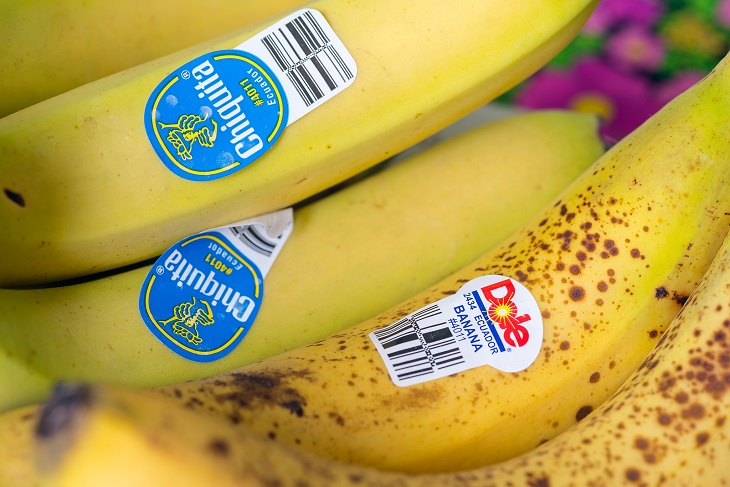
Here's what you need to know about the PLU codes:
1. If the PLU contains only four numbers, this indicates that the produce was grown conventionally, or traditionally, with the use of pesticides. For instance, all bananas are generally marked 4011.
2. If the PLU code contains five numbers and starts with '8', this will indicate that the item is a genetically modified fruit or vegetable, meaning that they have been tampered with in an unnatural way. So in the case of a genetically modified banana, it would be marked, 84011.
3. If there are five numbers in the PLU code, and the number starts with '9', this indicates that the product was grown organically and was not genetically modified. So, an organic banana would be marked: 94011.
What's more? While the adhesive used to attach the stickers is considered to be food-grade, the stickers themselves are not safe to consume.
So, if you are looking to consume fruits and vegetables which are free from pesticides or GMO, buying organic produce is your safest and best bet. Nevertheless, as these items can at times be expensive, a great way to keep costs down is by knowing which fruits and vegetables are generally fine to eat (even if pesticides were used) and which aren't. These are referred to as the Clean Fifteen and the Dirty Dozen. So, which fruits and vegetables fall under these categories? Check out the chart below:

Muscle Degeneration Starts with these 8 Early Symptoms!
Are you familiar with muscular dystrophy? Spot the early signs of this disease by being aware of these tips.

Bet You Never Knew How Beneficial These Foods Are
Include these 12 foods in your diet to reduce the effects of arthritis - they have been shown to fight inflammation, strengthen bones and boost the immune system.
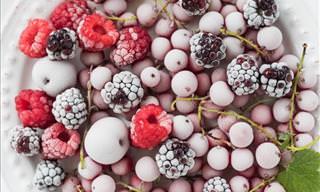
If You Value Your Health, Wash These 9 Foods Well!
Are you washing these 9 foods correctly? Probably not!

These Remedies That Get Rid of Facial Hair Actually Work!
Got excess facial hair? Here are 7 natural remedies to remove it.

I Bet that You Are Incorrectly Washing These 9 Food Items!
Are you washing these 9 foods correctly? Probably not!
 9:19
9:19
These Construction Tips & Hacks Might Come in Handy
Knowing these construction tips and tricks might come in very handy someday!
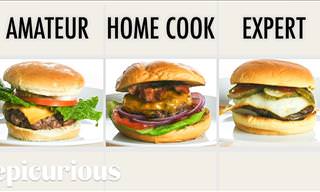 14:52
14:52
Here Is the Secret For Making the Perfect Hamburger
This video is for those of you who are hamburger enthusiasts and want to learn everything there is to know about making a savory burger.

A Few Tips for Restoring Order to Your Household
Some of the best home tips

We Bet You're Not Aware of These Real-World Facts
Don't miss this random collection of interesting real-world facts from the world over that you are unlikely to have heard before
 1:37
1:37
What 1939 Thought of Fashion Today!
hilarious short video from 1939 that dares to dream about the year of 2000 AD....
 10:59
10:59
Treat Your Kitty With This DIY Cat Hammock
Share this video tutorial with all the cat owners you know. They're sure to appreciate it!

4 Stylish Haircuts that Take Years Off Your Face
Sometimes, all it takes to look years younger is a change in your hair style and color.

Learn 10 Simple Tricks For Regaining Control Of Your Body!
We've all experienced laughing when inappropriate, crying uncontrollably, and even annoying hiccups. With these 10 tricks, you'll be able to regain control!
 5:26
5:26
Ten Genius Christmas Life Hacks You Surely Never Thought Of
The DIY solutions you always needed for this time of year...
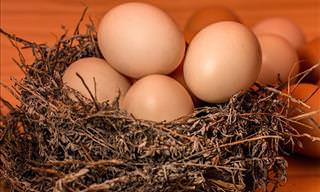
5 Foods You Should NEVER Wash, and 5 You Absolutely MUST!
Washing some foods can lead to the spreading of bacteria and other negative consequences. In this article you'll find 5 foods that you should never wash and 5 foods that you should always wash.

10 Essential Tips to Revamp Your Home on a Budget
Looking to renovate your home? Here's how to do so on a budget.

Avoid These Email Clichés and Communicate More Effectively
Watch out for the outdated phrases below and upgrade your email vocabulary with thoughtful and unique sentiments.

Shoe Discomfort? 10 Ways to Tie Your Shoes that Offer Relief
By lacing your shoes correctly, you can reduce pressure on certain areas of your feet and enjoy a more comfortable run in any pair of shoes

5 Incredible Secrets 5-Star Hotels Use to Do the Laundry
Achieve outstanding results with these incredible laundry tips
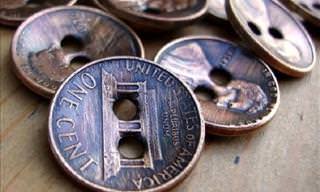
Guide: Did You Know About These Extra Uses?
This collection features the best tips and alternative uses for many of your household items. Each of these posts has a lot of information for alternative uses to make your lives easier.

Vintage Beauty and Self-Care Tips We Should All Be Using
Here we feature 14 really effective, but often forgotten vintage beauty. Best of all, nearly all of these tips use items you have at home

Guide: Stay Warm This Winter Without that Big Power Bill!
21 creative ideas to warming your house without spending additional money.
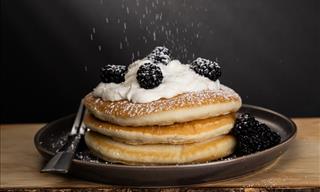
7 Kinds of Food Known to Cause Adult Acne
There is a significant link between adult acne and diet. These 7 food types are known to cause acne in adults
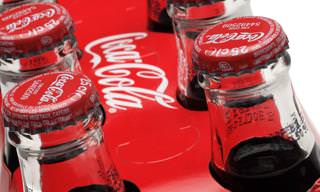
You Can Do So Much More With a Coke Than Just Drinking It!
Coca-Cola is one of the world's favorite sodas, however it can do a whole lot more than refresh you with its sweet taste. Here are 16 of its highly unusual uses

23 Simple & Helpful Life Tips Everyone Should Know
Quick and simple tips that will help you handle many of life's more irritating moments...
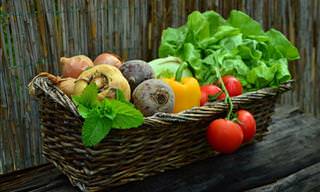
A Comprehensive Guide to Growing Your Own Veggies!
There's nothing like starting the day with a fresh vegetable garden, and now you can do so every day with this ultimate veggie growing guide.
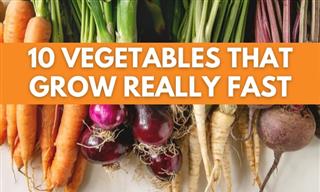
10 of the Fastest-Growing Vegetables
There is a variety of fast-growing vegetables, including legumes, leafy greens, and root vegetables. We feature 10 of the fastest-growing veggies in this article.
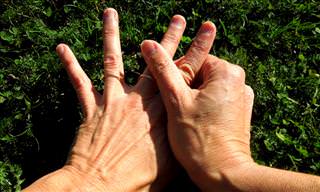
Who Thought Such a Simple Technique Could Be So Potent?
This amazing finger technique will help you to revitalize and nourish your body if you're feeling drained.

DIY: 12 Ways to Give Your Plastic Bottles New Life
Recycling is good but did you know there are lots of other things you can do with plastic bottles? Here are 12 ideas for do-it-yourself projects to create masterpieces out of junk.

Guide: How to Use Rising Interest Rates to Your Benefit
Consider these tips to meet your investment goals when rates are rising.

10 Signs You Have a High Level of Intelligence
If you find yourself relating to these characteristics, it is possible that you possess an exceptional level of intelligence...
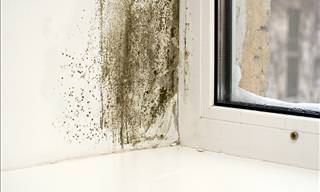
Mold Will Be a Thing of the Past With These Home Remedies
Mildew and mold are pesky household invaders. Here are 5 easy ways to get rid of them using just natural household ingredients.

Can't Name that Color? Just Use Our Handy Color Guide...
No more arguing about what color it is, from now on you have all the colors at your fingertips...
 3:23
3:23
Relieve Joint and Back Pain with Desk Ergonomics Tips
Do you know how to set up your desk and how to work at the computer without wreaking havoc on your joints and spine? This video shows
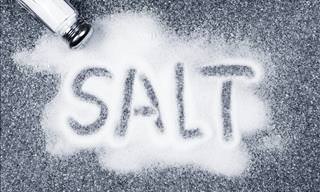
16 Extraordinary Table Salt Uses That No One Knows About
Salt is one of nature's most vital things, but did you know how useful it really can be? Here are 16 benefits of using salt around the house.

Don’t Let Broken Zippers Bother You Again. I’ve Found a Fix!
Don’t throw away your favorite pair of pants because of a broken zipper. Grab and needle and thread and try this easy fix.
 8:01
8:01
Why Your Consumer Brand Loyalty Can Backfire
It happens to all the consumer goods you can imagine...

10 Super-Effective Tips No One Else Will Tell You About
Fix and do just about anything with the following 10 supercool tips and tricks!

12 Words You Probably Didn't Know Were Acronyms
Without even realizing it, we are frequently incorporating many acronyms into our everyday lives!

Choose the SAFE Way to Remove Mold From Your Home
Mold is not only unsightly, it can also be a health risk. Learn how to recognize it and get rid of it with ease.

Here's All You Need to Know about Travel Medical Insurance
Planning a trip abroad? This guide will teach you everything you need to know about travel medical insurance!
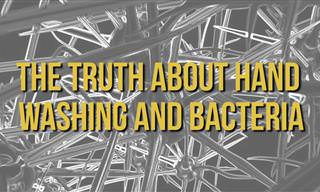
The Dirtiest Places In Your Home Will Surprise You
Bacteria can proliferate ad infinitum in the most unexpected places in the home. Forget the toilet, here's the low-down on the dirtiest things in your home.
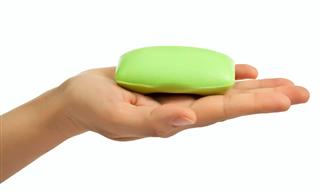
Hey! Did You Know Soap Has So Many Extra Uses?
Soap is much more than something useful for cleaning your hands and face. Here are 21 stunning uses for a bar of soap that I never even knew.

8 Things You Need to Do With Your A/C to Save on Money
Not looking after your AC properly will decreases the efficiency of your system, meaning you’re losing a lot of money.

Step by Step – Learn 36 Interesting Facts About Walking!
What are the benefits of speed walking and how long would it take to walk around the planet? Learn this and much more now!
 5:42
5:42
How to Spot a Liar: A Visual Guide
This video will teach you a few things about telling a liar from an honest person - especially if they are politicians...

How to Become Wiser in 6 Simple Steps
Intelligence is something, some say, we are born with. On the other hand, wisdom, which is far more useful, is definitely something one can accumulate over a lifetime. Many search for ways to become wise, but few feel they have really achieved it. Ch



